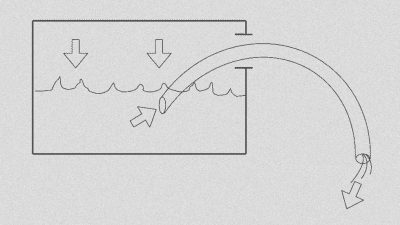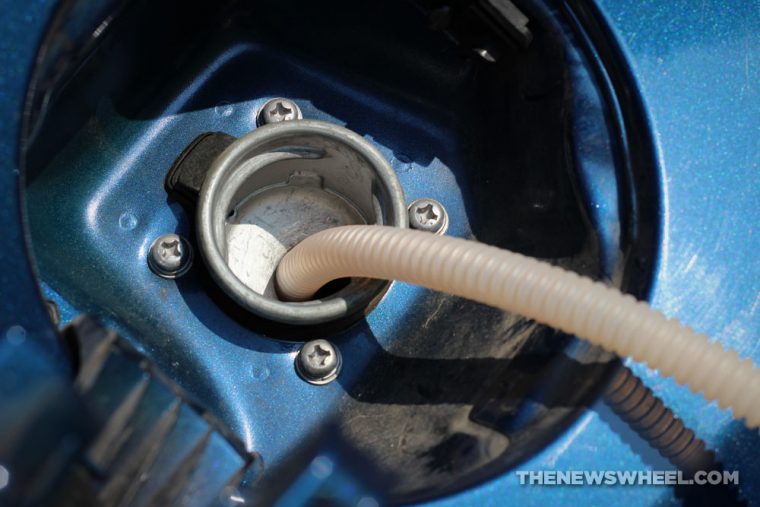Siphoning gas isn’t just done by thieves to steal fuel from parked cars. The act of siphoning gas is useful for many legitimate reasons, such as emptying a car’s tank of contaminated fuel or obtaining gas in a power outage. If you’ve never siphoned gas before — or if you have and aren’t sure how it works — there are scientific principles at work you should learn about.
Car Care Tips: How important is it to change your car’s oil?
The basics principles of siphoning a liquid

The process involves inserting a hose into the gas tank and placing the other end in a gas can that’s positioned lower than the height of the gas tank. Eventually, the air pressure in the tank will force the standing liquid into the hose and eventually flow through to the other end, creating a cohesive flow of liquid. The gas will continue its flow due to suction and the cohesive nature of liquids. You can speed up the process using a pump to quickly create suction on the exiting end of the hose and get the gas to start flowing sooner.
Newer vehicles feature rollover valves that help relieve tank pressure and prevent back-flow, but they also prevent gas siphoning, so traditional siphoning methods and devices aren’t effective or could even cause damage. To siphon gas from newer cars, you’ll need a modern pump and hose with a very small diameter, but the principle still applies.
Safe Driving Tips: Proper techniques for maintaining control in the rain
Sources: Wonderopolis, Wired
Aaron is unashamed to be a native Clevelander and the proud driver of a Hyundai Veloster Turbo (which recently replaced his 1995 Saturn SC-2). He gleefully utilizes his background in theater, literature, and communication to dramatically recite his own articles to nearby youth. Mr. Widmar happily resides in Dayton, Ohio with his magnificent wife, Vicki, but is often on the road with her exploring new destinations. Aaron has high aspirations for his writing career but often gets distracted pondering the profound nature of the human condition and forgets what he was writing… See more articles by Aaron.




